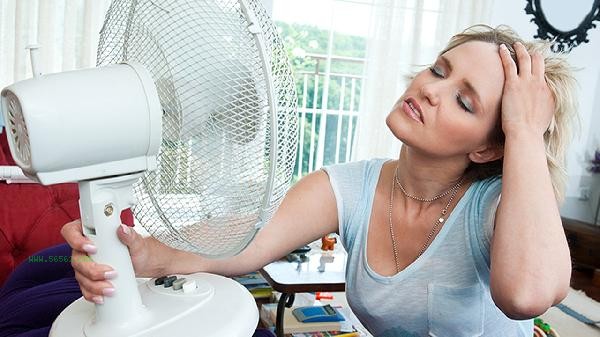High calorie foods mainly include high-fat, high sugar, and high carbohydrate types, commonly including fried foods, desserts, nuts, fatty meat, and refined grains. These foods have high calorie density, and excessive intake can easily lead to weight gain. It is necessary to combine exercise and dietary balance to control intake.

1. Fried food:
Fried food such as potato chips, deep-fried dough sticks, fried chicken, etc. are cooked with high temperature fat, and the oil absorption can reach 15% -40% of the weight of the ingredients. Each 100 grams of fried food contains an average of 400-600 calories, and is high in trans fatty acids. Long term consumption may increase the risk of cardiovascular disease. Suggest using an air fryer or oil-free baking instead of traditional frying methods.
2. Dessert cakes:
Cream cakes, cookies, and other desserts contain a lot of butter, sugar, and refined flour. A 200 gram cream cake contains approximately 500-800 calories, which is equivalent to one-third of the daily calorie intake of an adult. The added sugar may exceed 50 grams, far exceeding the recommended daily limit of 25 grams by the World Health Organization. You can choose to use sugar substitutes and whole wheat flour to make a low sugar version.
3. Nut seeds: Although walnuts, almonds, and other nuts are rich in healthy fats, their calorie density is extremely high. 100 grams of mixed nuts contain approximately 600-700 calories, with fat accounting for 60% -70%. The recommended daily intake should not exceed 30 grams, as excessive consumption can lead to calorie surplus. Prioritize raw, unprocessed nuts to avoid additional salt and sugar intake.

4. Fat products:
Animal adipose tissue such as pork belly and bacon can have a calorie content of 400-500 kcal/100g, with saturated fatty acids accounting for over 40%. Processed meat products also contain a large amount of sodium salts, and the weekly intake should be controlled within 350 grams. When cooking, it is recommended to blanch to remove some fat and pair it with vegetables rich in dietary fiber.
5. Refined Grains:
Refined grains such as white rice and white bread have a high glycemic index, with each bowl of 200 grams of rice containing approximately 260 calories. More than 80% of dietary fiber and B vitamins are lost during the processing, which can easily cause postprandial blood sugar fluctuations. Suggest replacing some refined staple foods with whole grains such as brown rice and oats.
To control the intake of high calorie foods, it is necessary to establish a scientific dietary structure, with a recommended daily fat intake of 20% -30% of total calories and no more than 50 grams of added sugar. Combining aerobic exercise such as brisk walking, swimming, etc. for more than 30 minutes every day can effectively burn excess calories. When cooking, use low-fat methods such as steaming and cold mixing to avoid repeated high-temperature frying. Regularly monitor changes in body fat percentage and control BMI within a healthy range of 18.5-23.9. Special groups such as diabetes patients need to develop personalized recipes under the guidance of nutritionists.




Comments (0)
Leave a Comment
No comments yet
Be the first to share your thoughts!